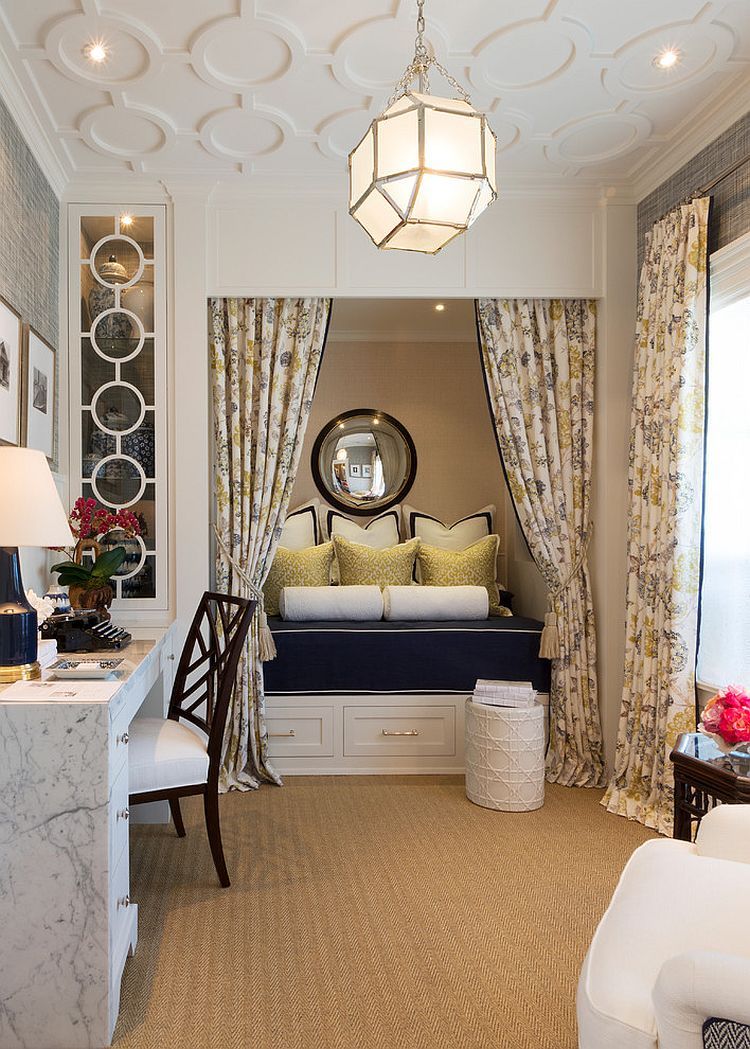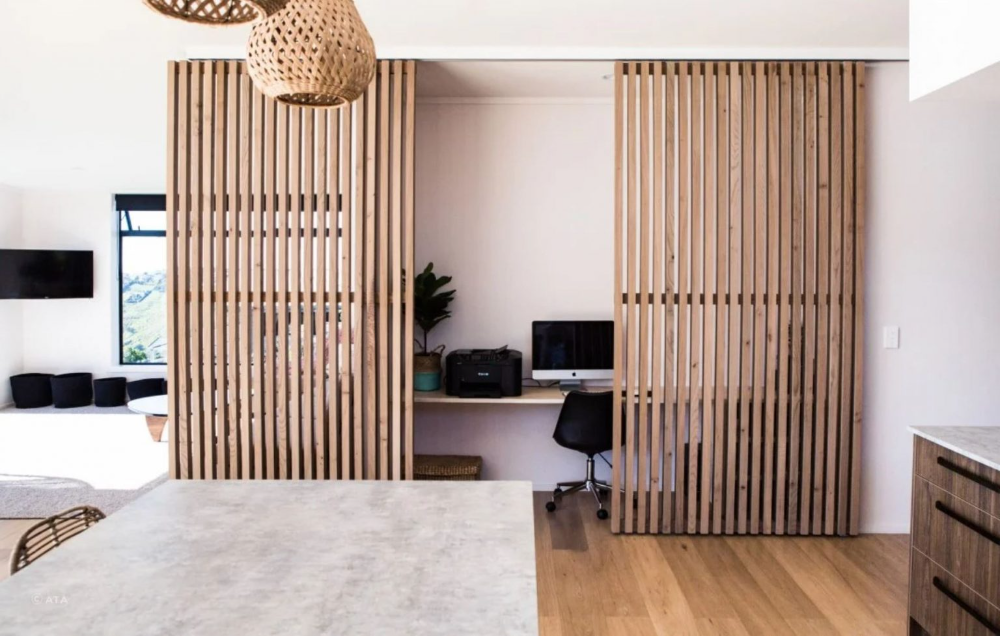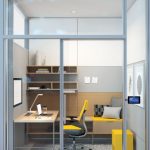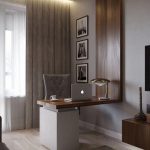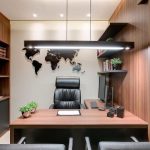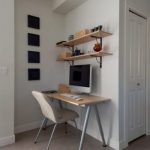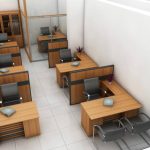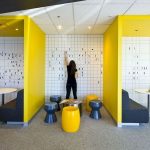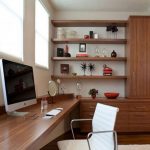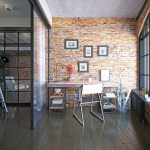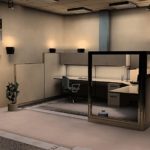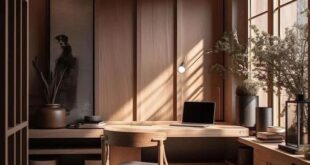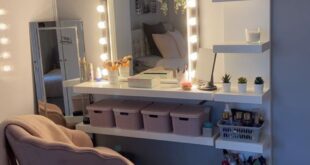When it comes to designing a small office space, there are many creative ideas that can help maximize productivity and efficiency. One key aspect to consider is the layout of the space. By arranging furniture and equipment strategically, you can create a functional workspace that makes the most of the available square footage. Consider using modular furniture that can be easily moved and rearranged to adapt to the changing needs of the office.
In a small office, storage space is often at a premium. To make the most of the space you have, consider utilizing vertical storage solutions such as shelving units or overhead cabinets. You can also incorporate multifunctional furniture, such as desks with built-in storage compartments or filing cabinets that double as seating. By keeping the space organized and clutter-free, you can create a more productive work environment.
Another important consideration in small office design is lighting. Natural light can make a small space feel larger and more inviting, so try to maximize the amount of sunlight that enters the room. If natural light is limited, consider using task lighting such as desk lamps or overhead fixtures to create a well-lit workspace. You can also add mirrors to reflect light and make the space feel brighter and more open.
In a small office, every square inch counts, so it’s important to make the most of the available space. Consider using a neutral color palette to create a sense of unity and openness in the room. You can also incorporate pops of color through accent pieces or artwork to add personality and visual interest. By using a cohesive color scheme and minimizing clutter, you can create a cohesive and harmonious workspace that promotes focus and productivity.
When it comes to furniture for a small office, opt for pieces that are sleek and streamlined to create a more polished and professional look. Consider using furniture with built-in storage solutions to maximize space and keep the office organized. You can also incorporate flexible furniture pieces that can be easily moved and rearranged to adapt to the changing needs of the office. By choosing furniture that is both functional and aesthetically pleasing, you can create a stylish and efficient workspace that encourages creativity and collaboration.
Ultimately, the key to designing a successful small office is to think creatively and make the most of the space you have. By incorporating smart storage solutions, maximizing natural light, and choosing functional and stylish furniture, you can create a productive and inspiring workspace that meets the needs of your business. With a little creativity and attention to detail, you can transform a small office into a dynamic and efficient work environment that promotes productivity and creativity.
 bebadesign Interior Design Ideas
bebadesign Interior Design Ideas
